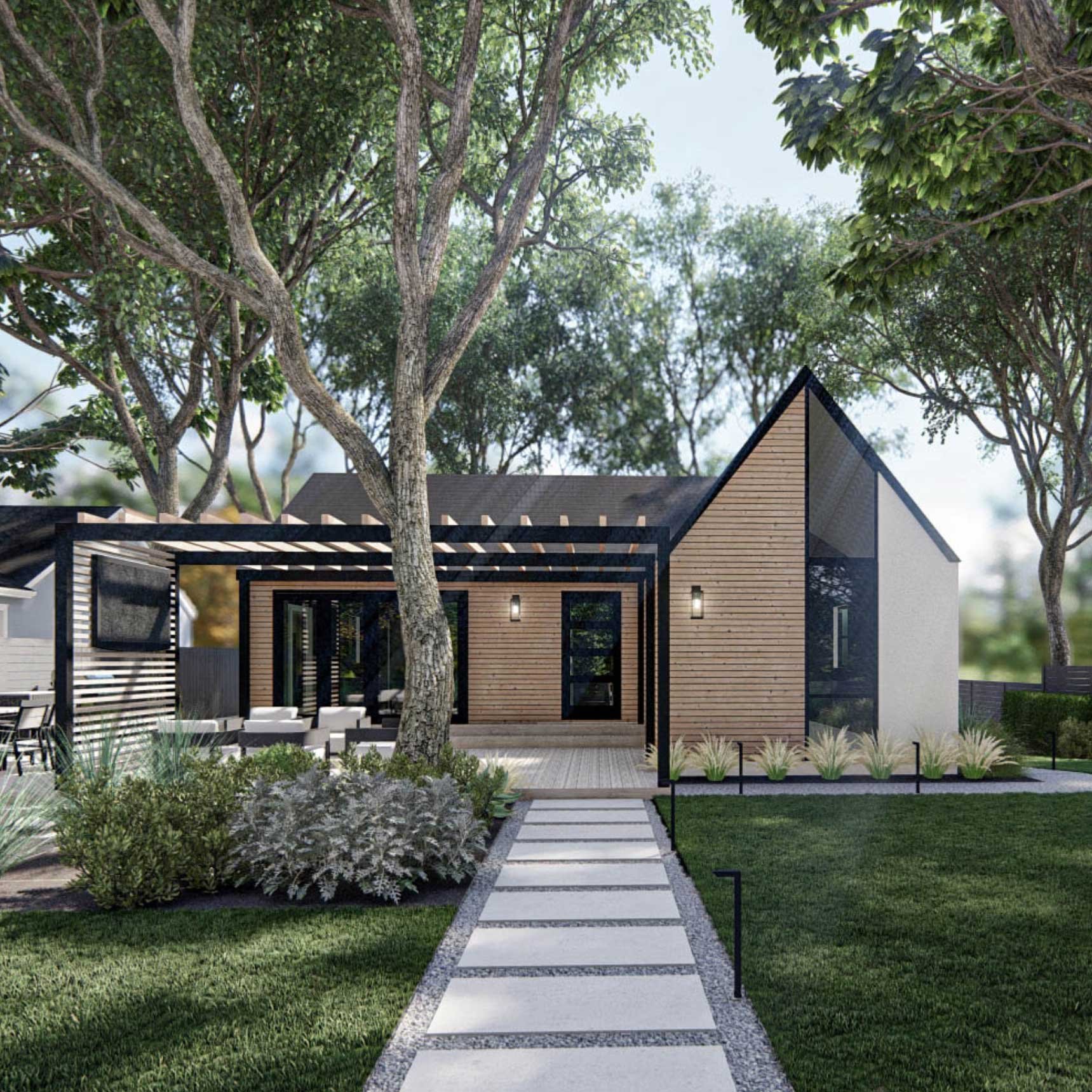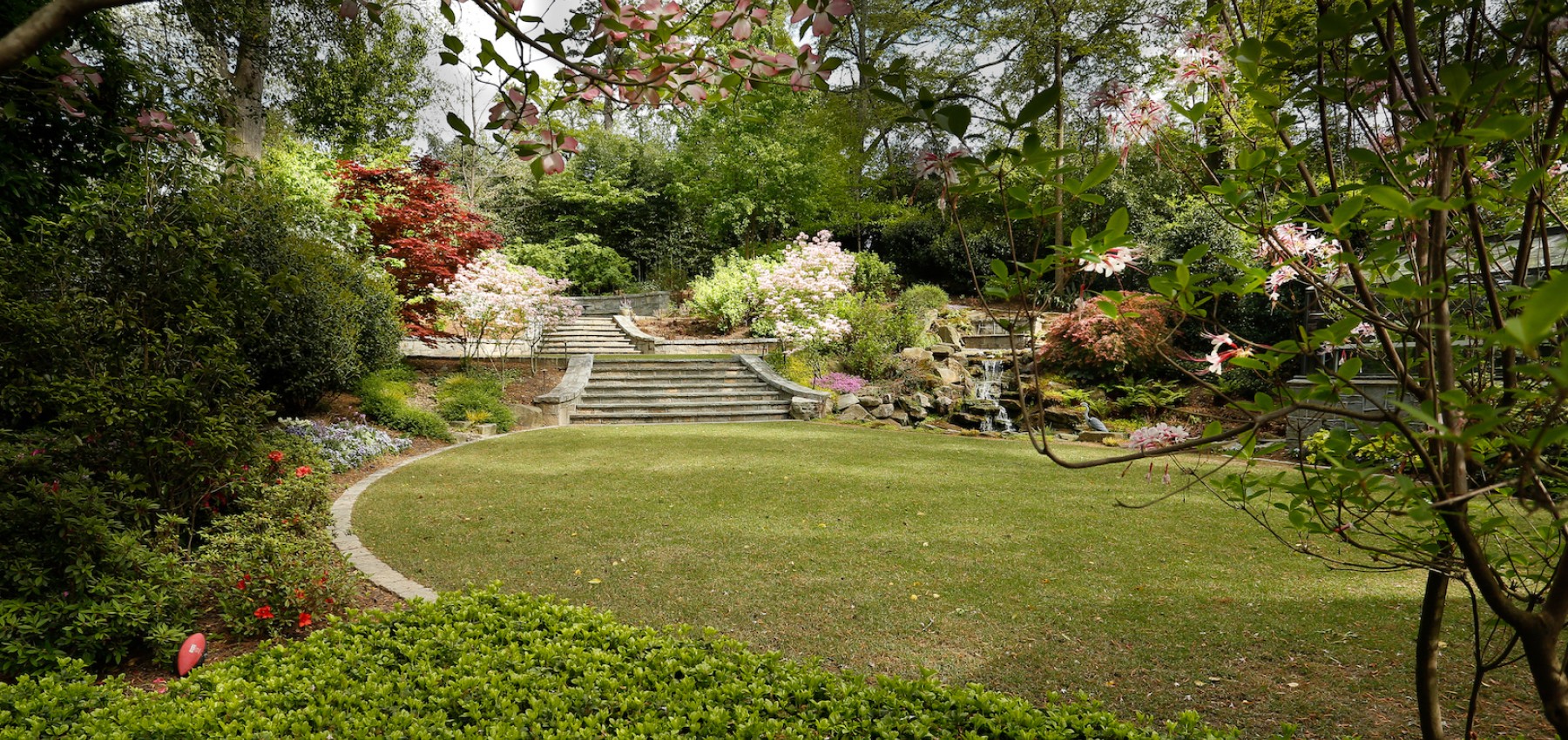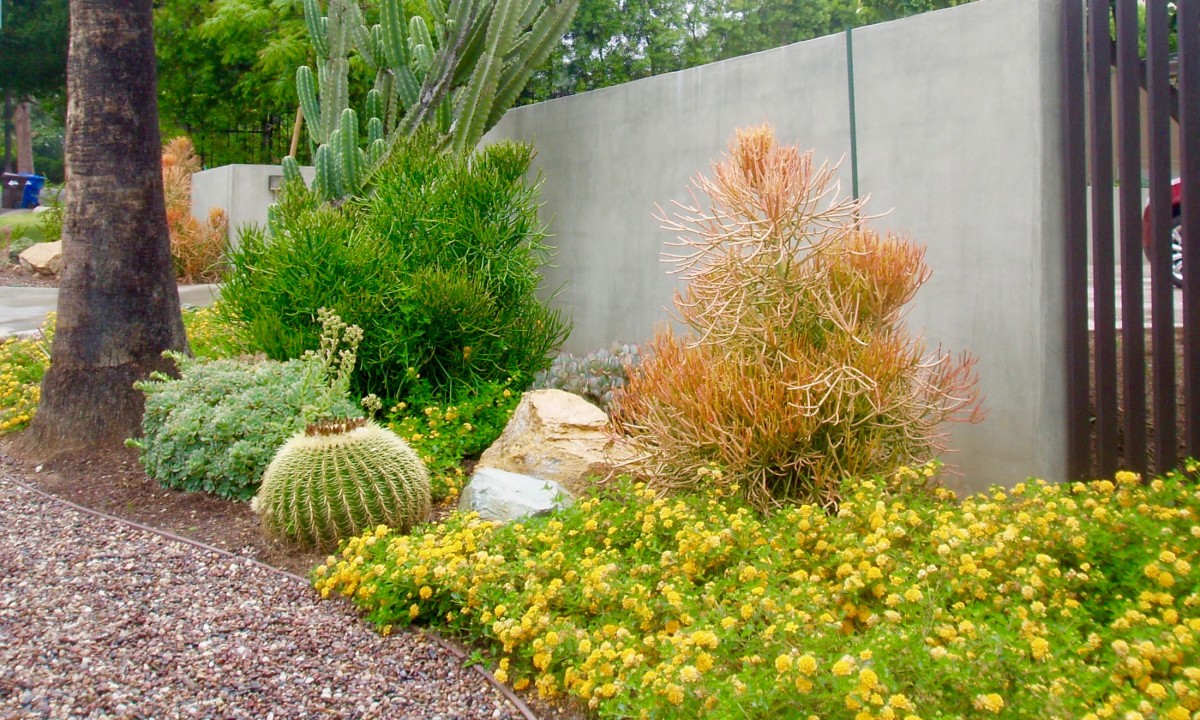Landscapers - Questions
Landscapers - Questions
Blog Article
An Unbiased View of Landscapers
Table of ContentsLandscapers Can Be Fun For EveryoneThe Facts About Landscapers UncoveredFascination About Landscapers5 Simple Techniques For LandscapersThe Landscapers DiariesWhat Does Landscapers Mean?
- A yard attribute where water is stood for by an accumulated rock product, usually a crushed rock or granite.- A stone or flagstone outdoor patio, course, or walkway developed without a concrete base.- A rock preserving or complimentary standing wall built without using mortar. A very competent mason is needed for a completely dry pile stone wall surface. The majority of walls in Rose city are not completely dry stacked, even if they appear to be. - An underground structure that collect water and permits it to reduce percolate into the dirt around it.
Landscape design that is compatible with a sites' setting in both appearance and sustainability without adverse effects to the atmosphere. Edging in the landscape is a line of separation that develops aesthetic rate of interest in the yard by separating one segment from an additional section.
Areas can likewise have a sensation of "room" supplied by trees, various other plantings, fencings, or displays. The landscape near the access to a structure.
The Ultimate Guide To Landscapers

The component in a landscape design or location in a landscape that is indicated to be most famous. The focal factor can be a plant, boulder, sculpture, collecting area, or other landscape feature.

The Basic Principles Of Landscapers
Low plants that are allowed or motivated to spread out over an area. Can refer to any "hard" yard elements including statuary or rocks but many commonly is utilized to refer to courses, patios, and walls - Landscapers.: Elevation distinction between the level of water in a pond (or the degree of the pump if it rests outside the pond) and the top outlet of water which influences performance of the water pump in gph (gallons per hour).
A chemical used to regulate weeds. Fencing boards that run flat, often made use of in contemporary or Japanese-inspired landscape styles. Lines that define spaces within a landscape idea. These usually prolong from corners or key attributes of an existing structure. Appropriate use imaginary lines can assist the landscape really feel attached to the home and various other elements.
Typical PNW landscapes are casual. A plant that spreads out more than preferred, or into environments where it does go to this site damages.
The Definitive Guide to Landscapers
Can include head positionings and protection, pipeline sizing, GPM specs, and materials needed to install this system. Accredited specialist who designs landscapes, educated in design and architecture as well as in cultivation.
The specialist that prepares and establishes landscape projects, normally at a property or tiny commercial degree with the significant style motivation on growings. Landscape designers commonly have much less education than Landscape Architects and are not licensed. A completed landscape design, describing all aspects for the brand-new landscape. This generally takes the type of an illustration on paper.
Calcium product used to increase the pH in dirt, which will make it much less friendly to moss (Landscapers). A water limited HDPE material used below ponds, streams and waterfalls in water attributes. Utilizing many growings of the same selection to fill out a location in the landscape. This can lower upkeep and water usage in the yard.
A mix of cement, sand, and water that is made use of in stone masonry for setting stones and joints. A layer of compost or bark dust used at the base of a plant. A mass planting of moss. A plant that existed in a geographic area before people began altering the read the full info here landscape.
The smart Trick of Landscapers That Nobody is Discussing
Exactly how the garden or a yard component is set up in relationship to an existing or brand-new function or to an instructions. Keeping a lawn without using chemical herbicides, pesticides, or fertilizers. Turfs that are not trimmed but expanded in landscapes as perennials. This is a partially open sided relaxation or leisure location that adjoins a residence, used for entertaining, exterior dining and simply appreciating the exterior environment.

Plants that provide seasonal passion and then pass away back in the winter season. Cold period grass that is the most common turf yard in Portland, OR and the rest of the PNW.An open roofed framework over an outdoor patio or other landscape feature.
Lava accumulated ranging in size from 1/4" to dirt. One of the most common landscape crushed rock in the PNW. Area of the landscape created to handle rain water until it can soak into the ground. A chain that manages water as it takes a trip from a roofing rain gutter to the ground. Yard structure that produces a planting location that pop over to this site is contained and higher than the surrounding quality.
Creating a yard attribute being composed mostly of rocks with growings that match and can thrive in the rocky setting. Sprinkler head design that turns a stream of water across a location.
All about Landscapers

Report this page